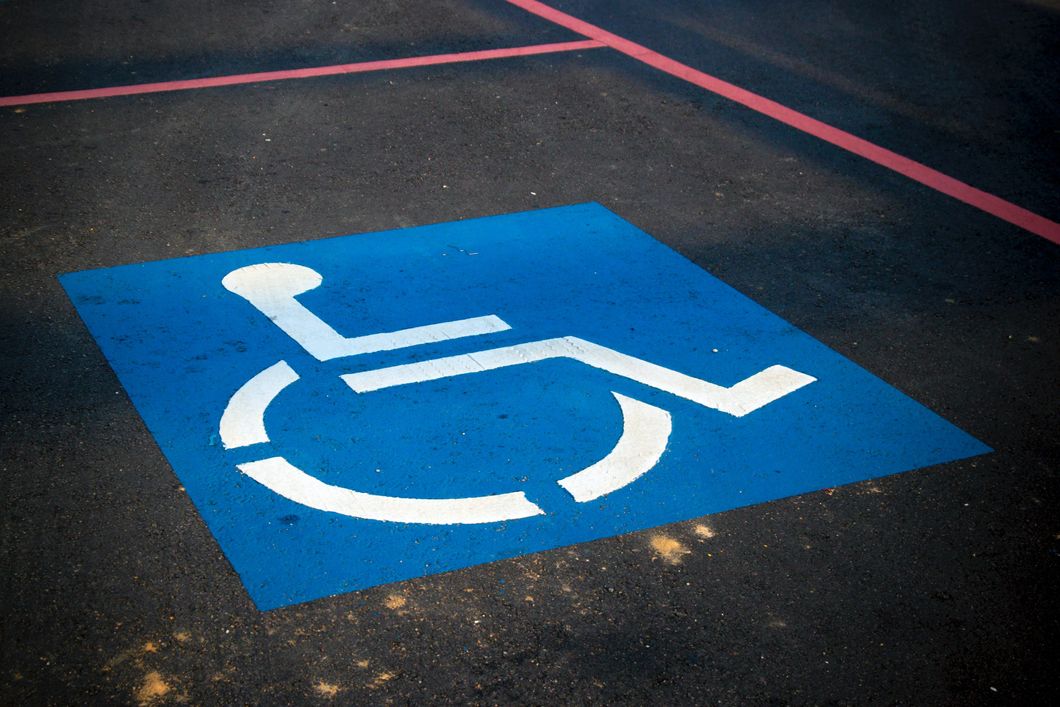July 26th, 2020 marks 30 years since the Americans with Disabilities Act was signed into law by President George H.W. Bush. The ADA prohibits discrimination against those with disabilities in different areas including transportation, public accommodations, employment, etc. While the ADA has drastically improved the lives of those within the disabled community by providing new opportunities without the fear of discrimination, it is by no means perfect. People with disabilities continue to face unique obstacles that occur because accessibility is often an after-thought in a largely able-bodied society. For example, last year Broadway actress Ali Stroker made history at the Tony Awards by being the first wheelchair user to be nominated for and win the award for her role as Ado Annie in the revival of "Oklahoma". Stroker had to wait backstage while her category was being announced in case she won rather than accepting the award from the audience like others because the Tony's and the Radio City Music Hall failed to provide a ramp from the audience to the stage. Even though a wheelchair-bound actress was nominated for (and predicted to win) an award making the theater accessible for her still managed to be an after-thought.
This likely wouldn't be an issue in ancient Greece because recent discoveries show that they had a commitment to accessibility. Earlier this month there were several articles that showed that handicap-accessible ramps can be traced all the way back to ancient Greece. Evidence has also shown that arthritis and other joint diseases were common at this time. These ramps were most likely to be found at sanctuaries dedicated to the Greek god of healing, Asclepius. These ramps were used to allow people who used mobility aids such as crutches or canes or those carried on stretchers to enter the sanctuary. Some people believe that these ramps were merely used to move animals or construction materials into the sanctuary rather than aiding those with disabilities. However, this is highly unlikely because animal sacrifices usually took place outside the temple or sanctuary and ramps weren't common for construction purposes at this time. These ramps were also found most often in places that people disabilities are more likely to be (i.e. healing sanctuaries and temples).
Evidence shows that the ancient Greeks were able to make accessibility a top priority, so why are we so often able to do so 30 years after the ADA was passed? Accessibility or lack thereof continues to be an issue for those with a disability and will continue to be until action is taken. The future must be accessible. ASL should be included in the core-curriculum, handicap accessible parking should always be available, students and parents shouldn't have to fight school administrators for necessary accommodations, etc. The ADA has definitely helped to pave the way for those with disabilities but there is still quite a long way to go.

















